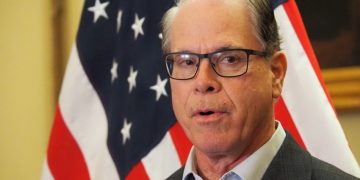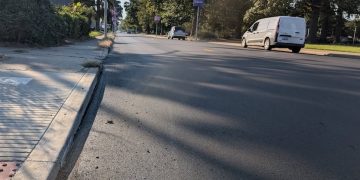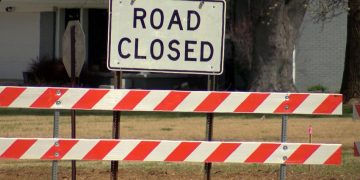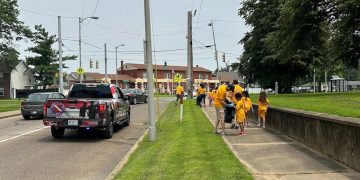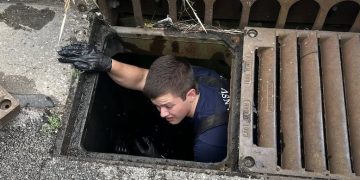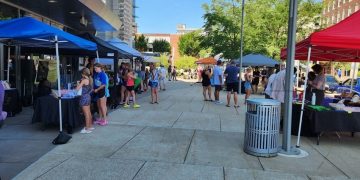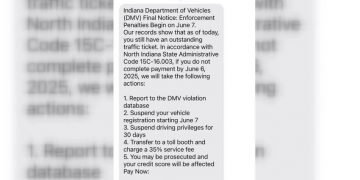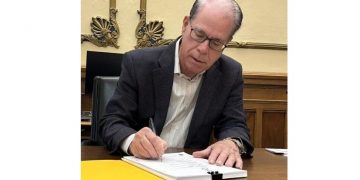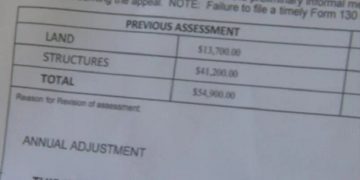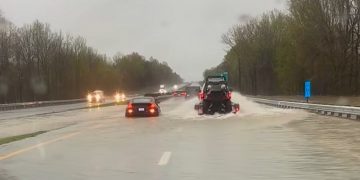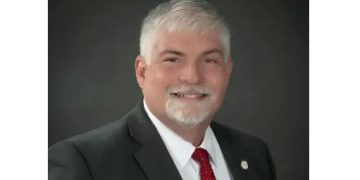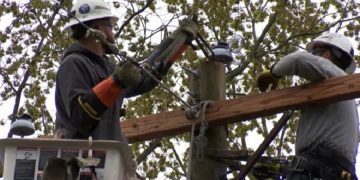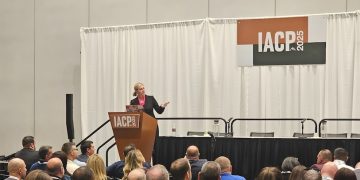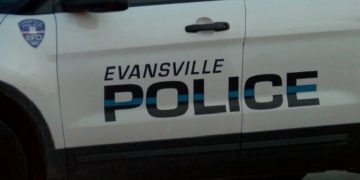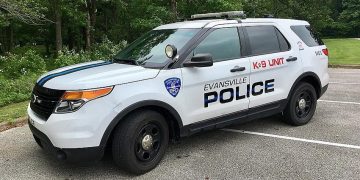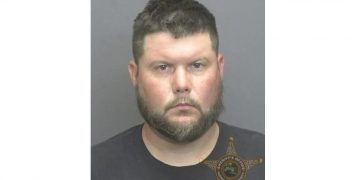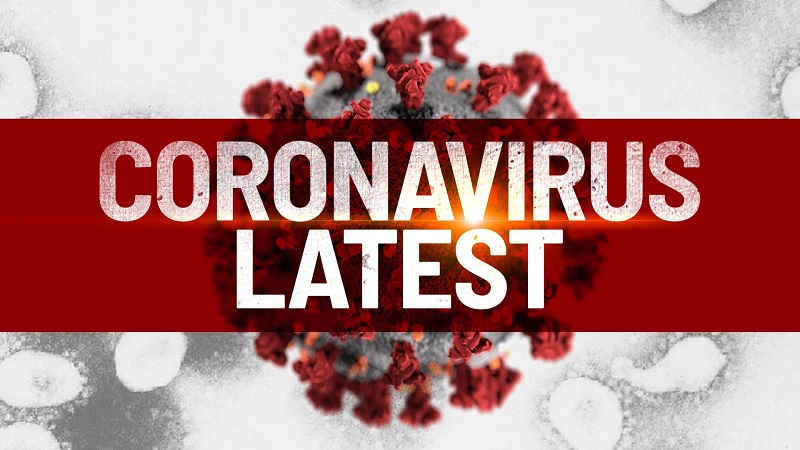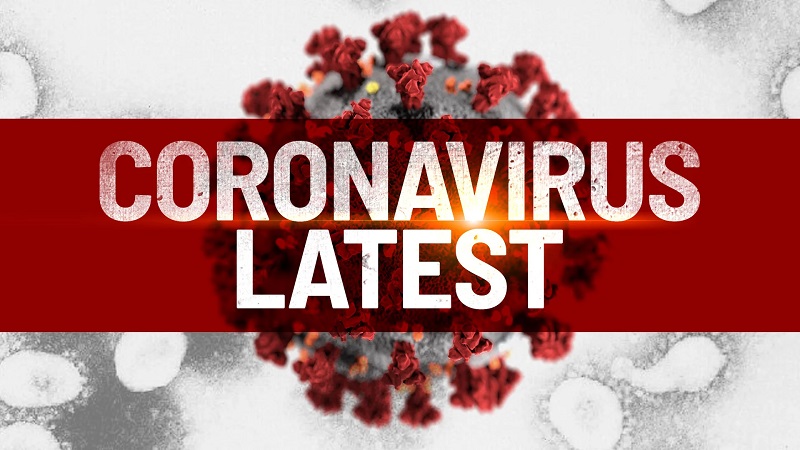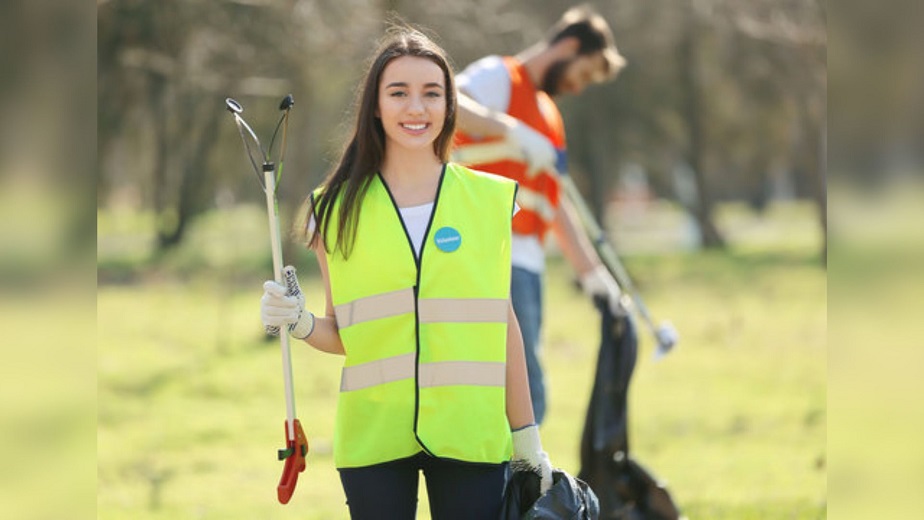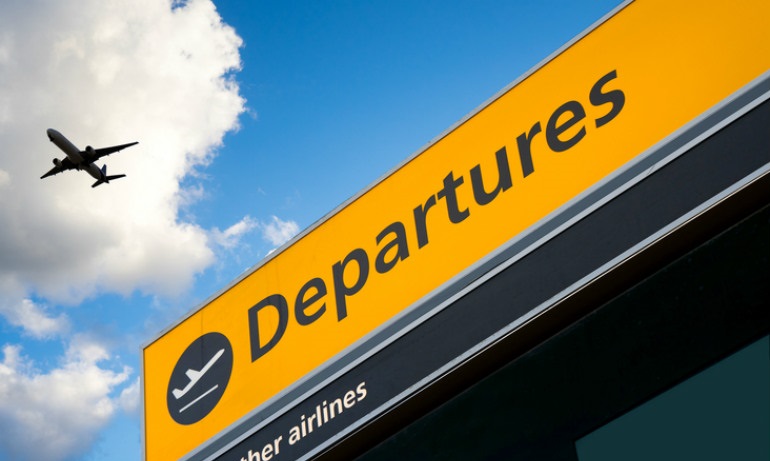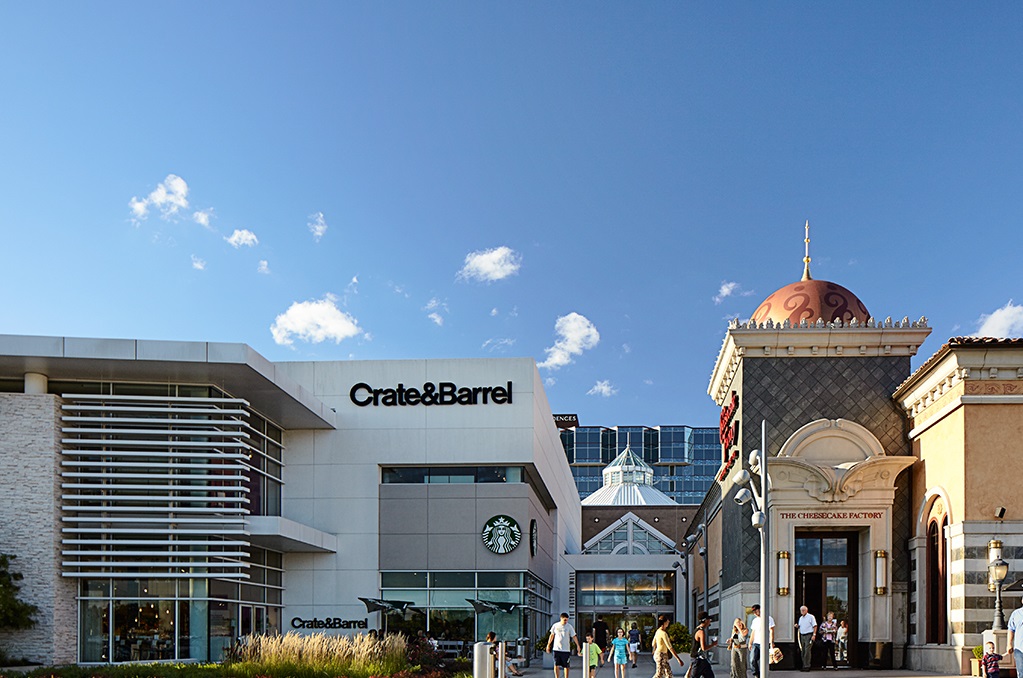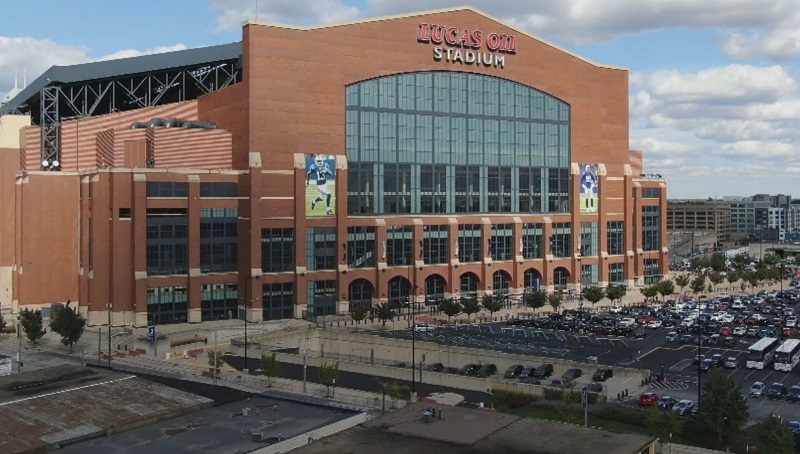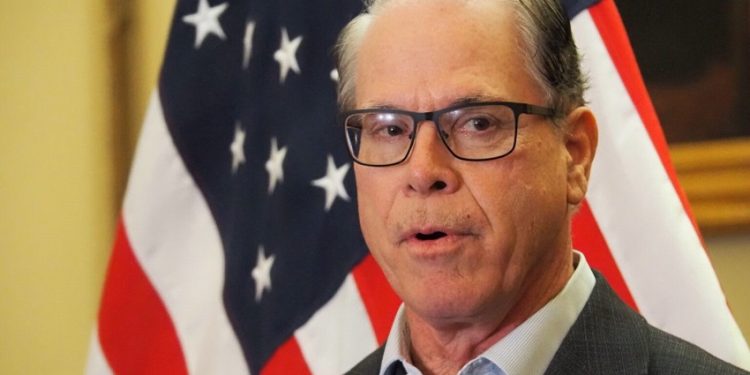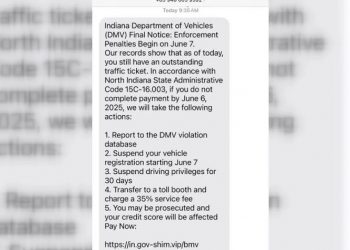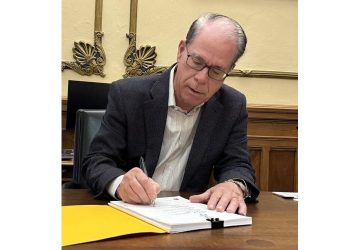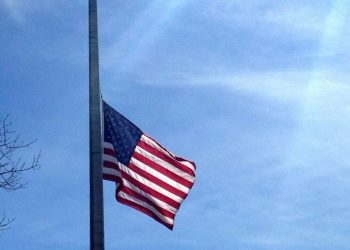Evansville, IN – Indiana Governor Mike Braun has called on the U.S. Forest Service (USFS) to halt a proposed restoration project in the Hoosier National Forest that includes tree cutting and prescribed burns. In a letter to USFS Chief Randy Moore, Braun argued that the project would harm the recreational experiences of Hoosiers and visitors to the area.
“As an avid outdoorsman, I know these areas firsthand,” Braun wrote, emphasizing his personal connection to the forest. The project, which began planning in 2021, is intended to address environmental issues within the forest but has sparked significant opposition from local residents, government officials, and environmental groups alike.
Braun’s objections to the project have raised questions due to his personal interest in the forest. Though not mentioned in his letter, the governor co-owns a 220-acre property within the forest’s boundaries, located just two miles from the planned restoration site. The property, listed for $1.675 million, is described as an ideal location for a hunting retreat or weekend getaway. The listing also highlights its proximity to Patoka Lake, an area slated for prescribed burns as part of the restoration effort. Braun and his co-owners, Bill and Kathy Rowekamp, who are also from Jasper, Indiana, hold the property, which is divided into nine parcels.
In Braun’s 2023 Senate financial disclosure, he listed the property as “timber ground,” valued between $250,001 and $500,000. Additionally, a Michael K. Braun from Jasper, Indiana, is also associated with the property on county records.
Despite these personal interests, Braun is not the only one raising concerns about the restoration plan. Local governments and environmental groups, including the Hoosier Environmental Council and the Indiana Forest Alliance, have voiced strong opposition. They argue that the logging and controlled burns proposed could endanger local wildlife and degrade water quality in the area.
Braun echoed these concerns in his letter, stating that the project could harm the forest’s ecosystem. He reiterated the importance of preserving the forest as a beloved destination for Indiana residents, highlighting the potential negative impacts of the USFS’s plans.
In defense of the project, the USFS has argued that the restoration efforts are necessary to prevent ecosystem degradation and to protect the forest from further harm. The agency claims it is following best management practices to minimize water contamination and ensure the forest’s long-term health.
The proposed restoration project is set to begin implementation this month. The USFS did not respond to requests for comment at the time of publication, but Braun’s spokesperson, Griffin Reid, provided a statement, noting that the governor has been vocal about his concerns for years. “The Hoosier National Forest is a favorite destination for Hoosiers and recreationists,” Reid said. “This federal project ignores the concerns voiced by localities in the area.”
As the project moves forward, it remains to be seen whether Braun’s objections will influence the USFS’s plans or if the restoration effort will proceed as originally intended.
